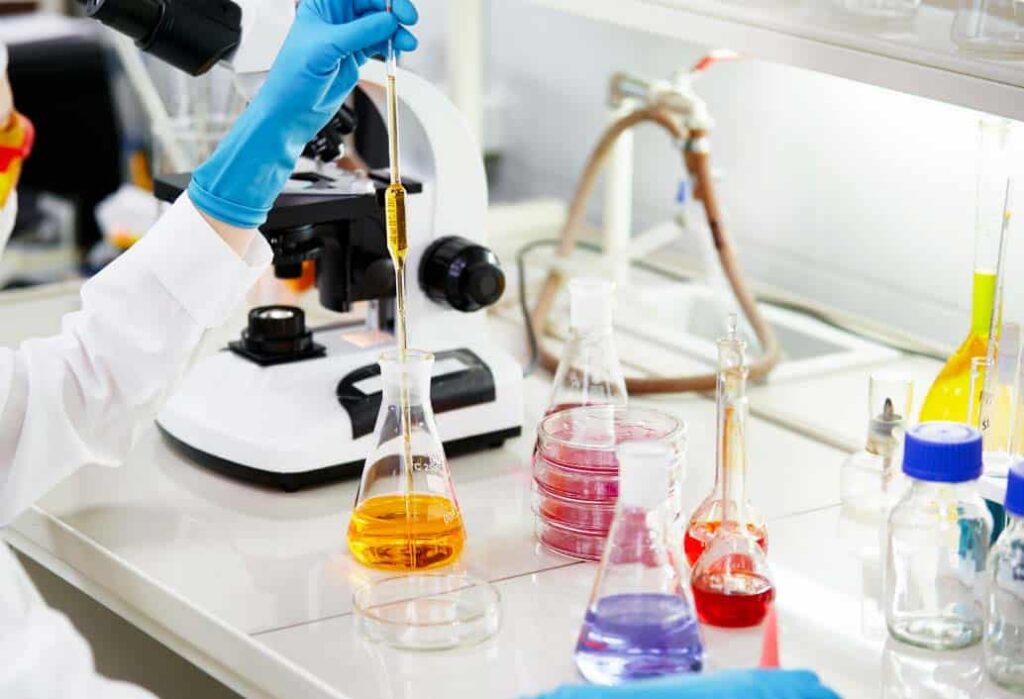Importance of Validation and Quality Control in Bioanalytical Services

Bioanalytical Services
The successful conduct of clinical and nonclinical studies depends on sensitive, selective, and validated bioanalytical methods for quantifying drugs and their metabolites. Bioanalytical method validation includes performance characteristics of all approaches that a particular methodology uses to quantify analytes in a given biological matrix. The primary goal of bioanalytical method validation is to demonstrate that a specific method employed for quantitative analysis is reproducible and consistent for its intended application.
Depending on the final goal, bioanalytical services can perform method validation in three types: full, partial, and cross-validation. Besides, bioanalytical services also focus on evaluating critical elements of bioanalytical methods, including accuracy, precision, specificity, linearity, recovery, stability, limit of detection and quantitation, and robustness. The current article explores the importance of validation and quality control in bioanalysis services.
Significance of method development for bioanalytics company and assay labs
Regulated bioanalysis includes methods for measuring biomarkers and drug concentrations in study samples under stringent quality standards. Such strict guidelines and standards are necessary for developing new drugs as they provide reliable and reproducible data on clinical safety, efficacy, pharmacokinetic, and pharmacodynamic properties. Regulated bioanalysis adheres to several regulations and guidelines from agencies such as FDA, ICH, EMA, and OECD. Besides, regulated bioanalysis should be conducted by trained and qualified individuals using validated methods and state-of-the-art techniques and instruments.
Bioanalytical method validation is critical for developing and approving new drug products. It ensures that the method used in bioanalysis is reliable, specific, sensitive, precise, and accurate. Additionally, writing study reports needs in-depth expertise and a thorough understanding of methods, data quality, interpretation and application of study data, regulatory requirements, and method validation.
Must Read: Ensuring Safety in HPLC Laboratories: Protocols and Best Practices
Bioanalytical reports are a fundamental element of therapeutic drug development. It includes the data on metabolites, drug concentrations, biomarkers, and biologics in biological samples such as blood, plasma, serum, urine, saliva, etc. These reports form the basis of toxicokinetic and pharmacokinetic assessment and are a core component of regulatory submissions. Moreover, these documents instill confidence in the validity and quality of data obtained from drug concentrations or other compounds in biological samples.
Significance of quality control in bioanalytical lab services
In biomedical and chemical analysis, servicing and maintaining analytical instruments is of utmost importance. The servicing and maintaining aspect of detectors become even more critical when handling biological samples as they require controlled environments and culture conditions. Besides, bioanalytical service providers should carefully develop cell culture systems while considering good cell culture practices. Any change in cell culture conditions can induce abnormal errors and provide inaccurate data. Constituting quality control samples and analyzing them helps researchers detect such abnormal behavior in test systems and ensures the validity and reproducibility of the assay runs.
Quality control samples are critical for quality assurance and quality control of bioanalytical methods. Each assay run should include concentration-response curves of the positive and negative control samples, reference compound, and blanks. The integral components of the quality control system include standard curve, positive control sample, negative control sample, solvent effects, matrix, spike recovery, inter-assay sample, and field and laboratory blanks. If, for any reason, a control parameter goes beyond the acceptable range, the entire data set is rejected, and affected samples are reanalyzed.






